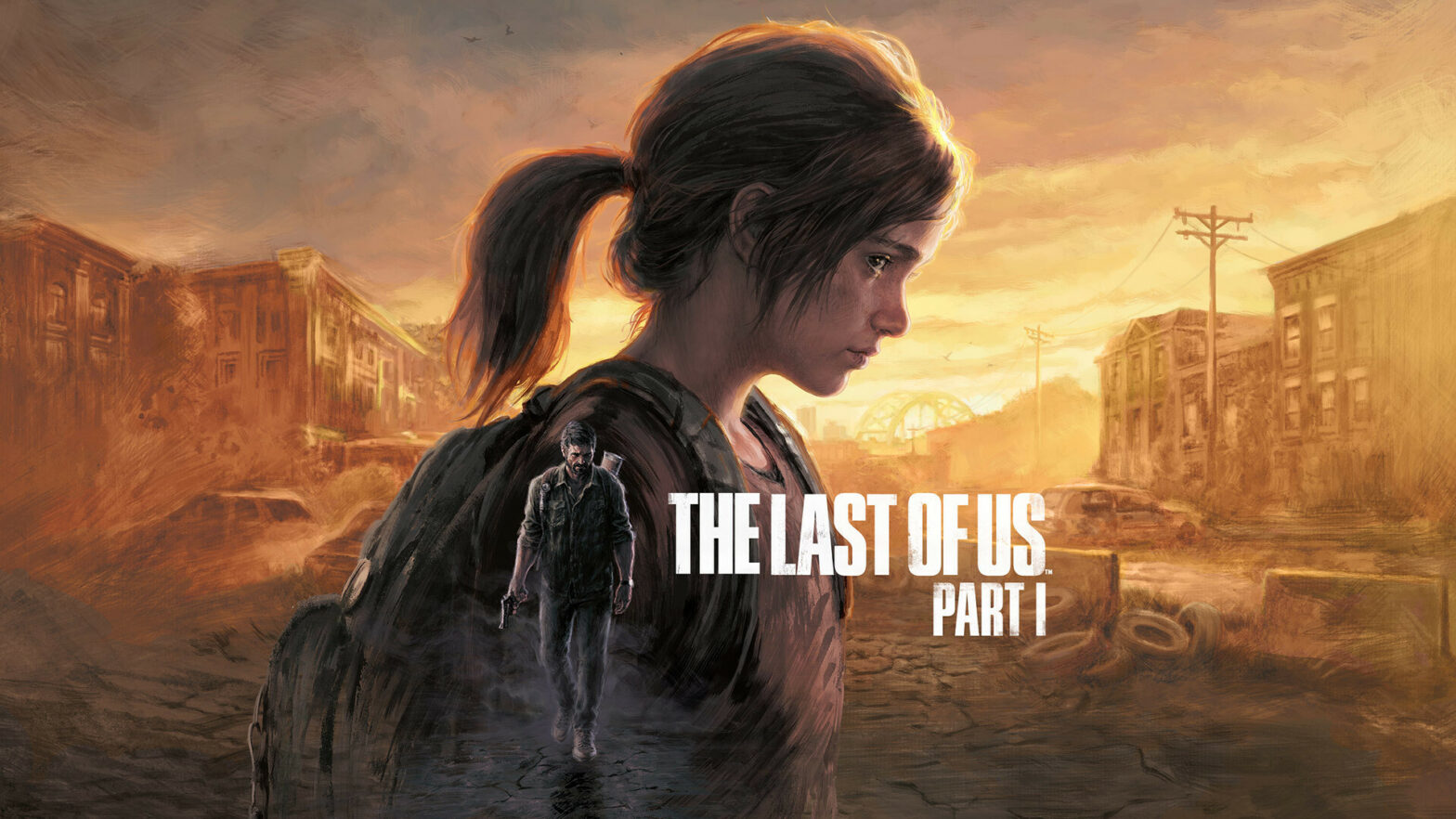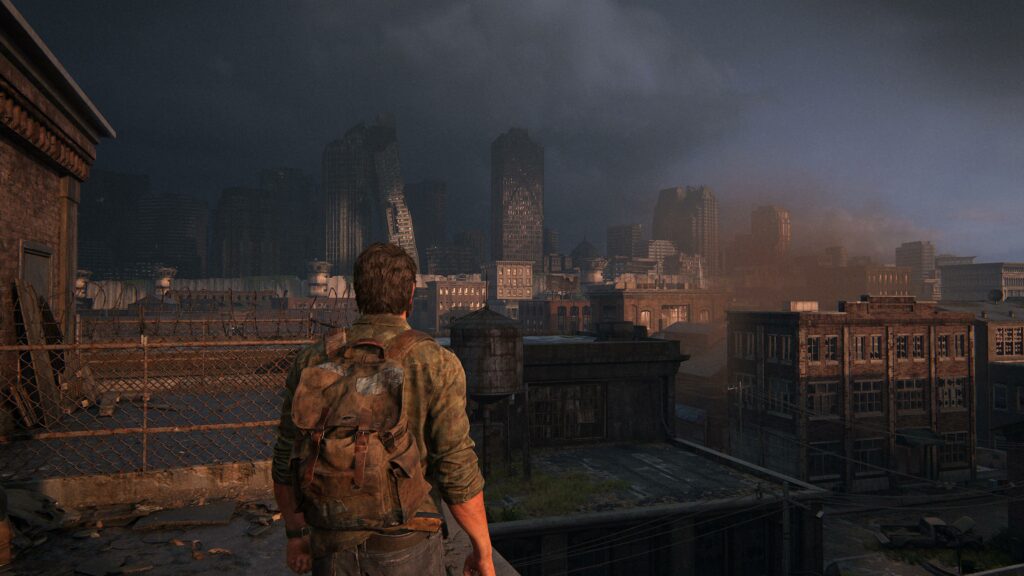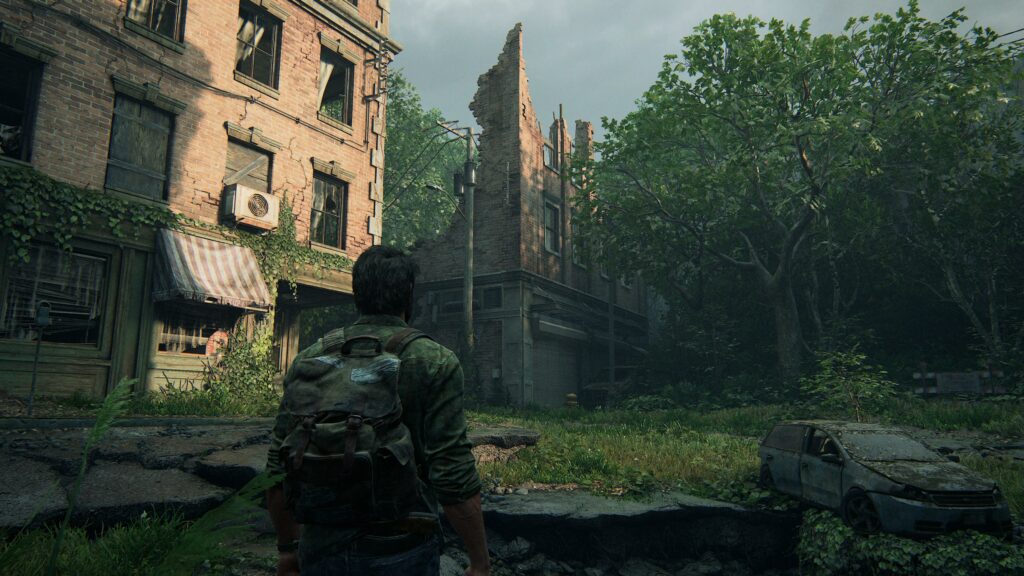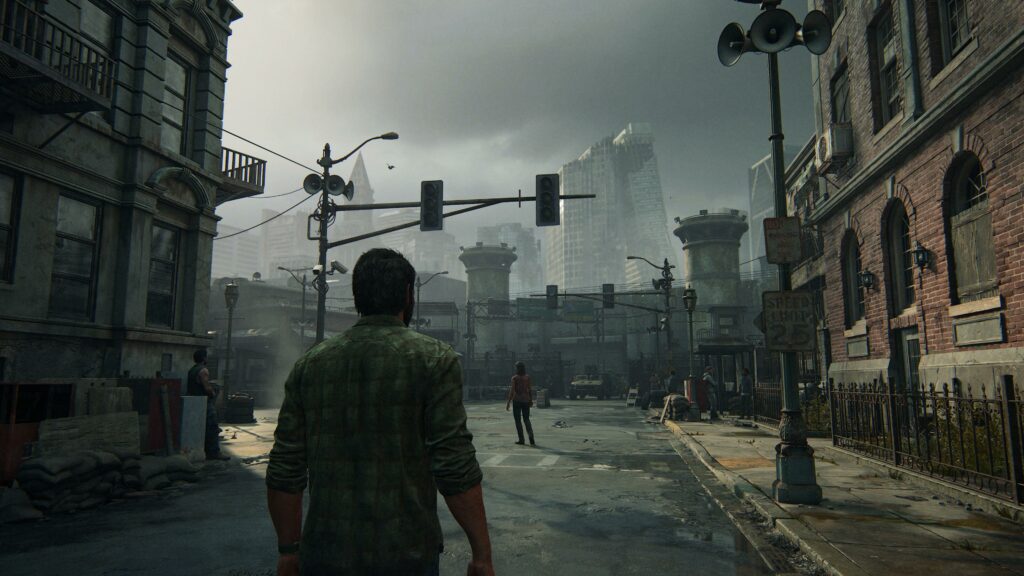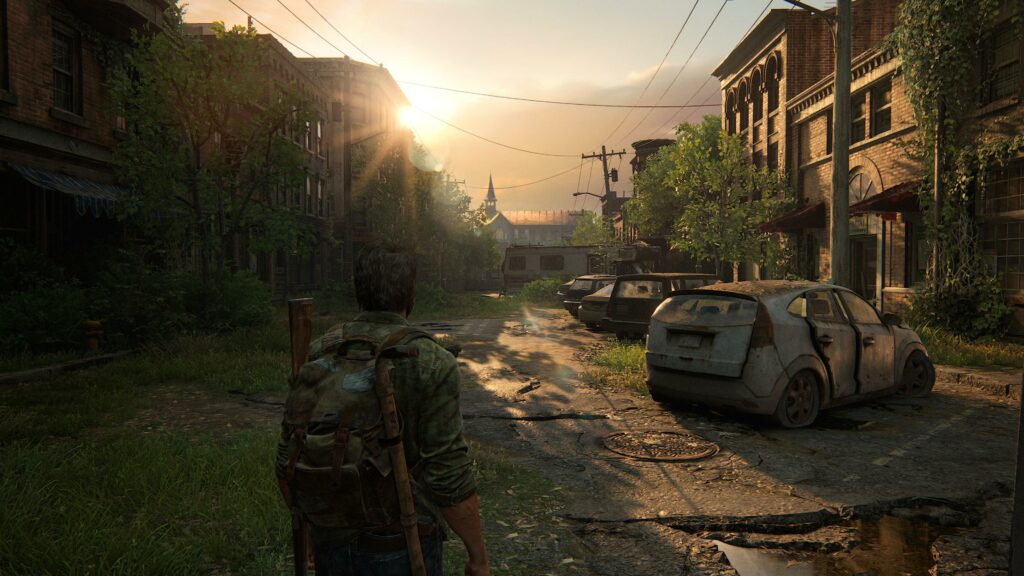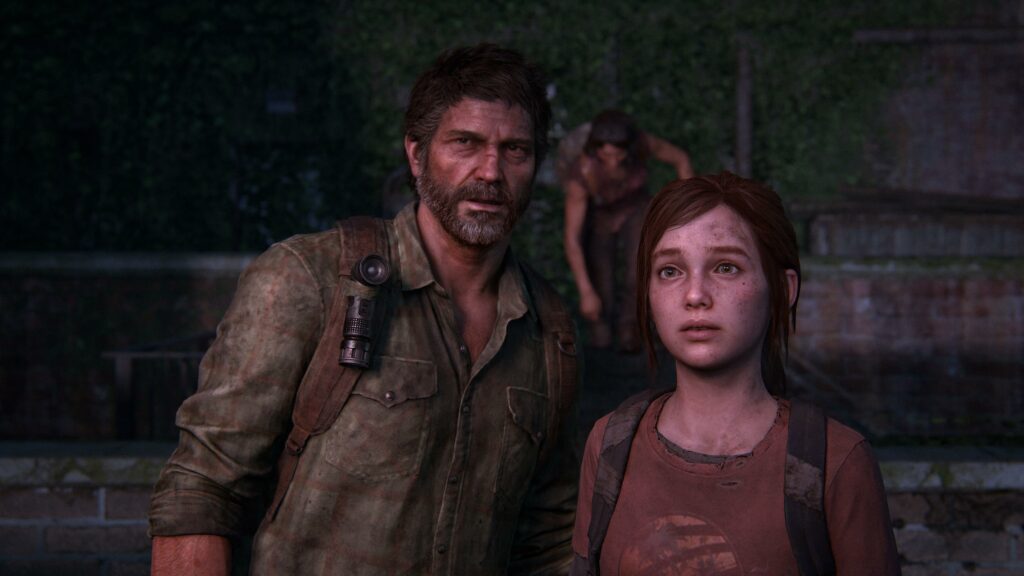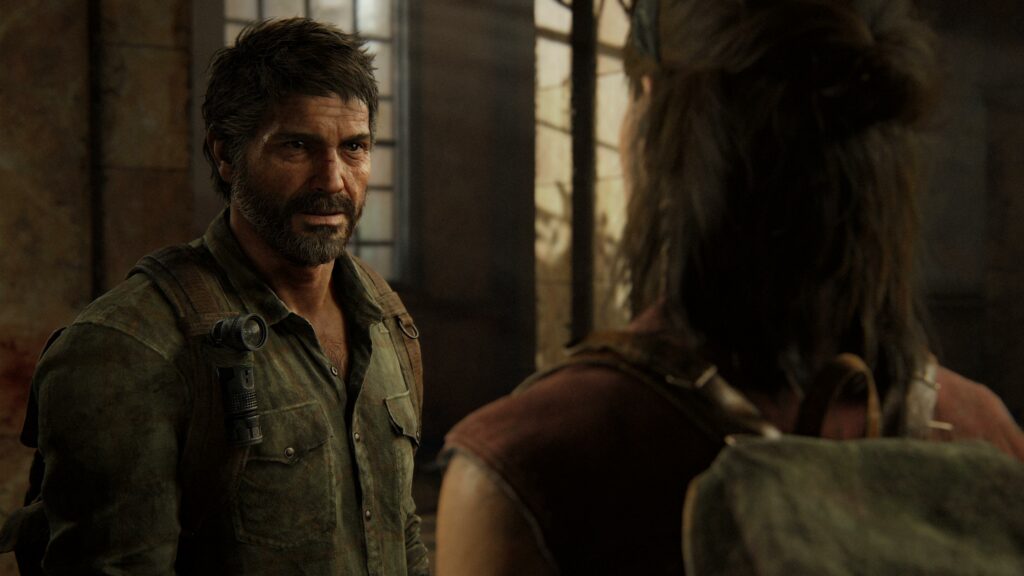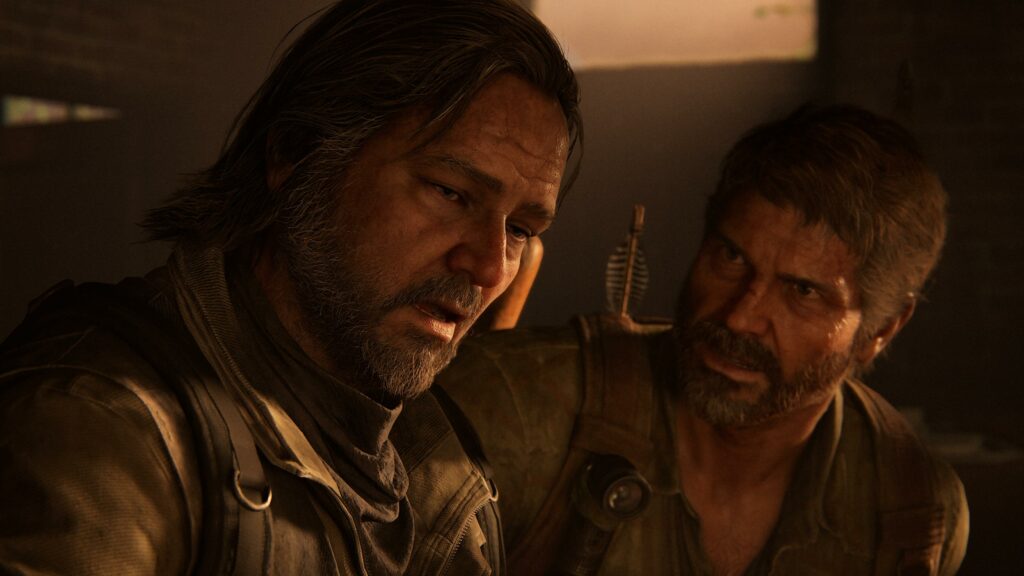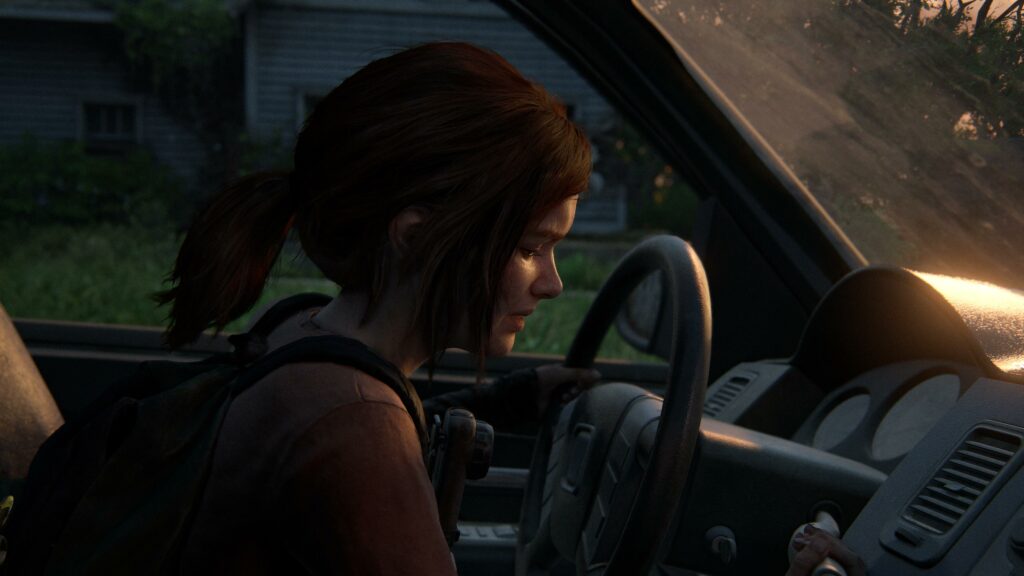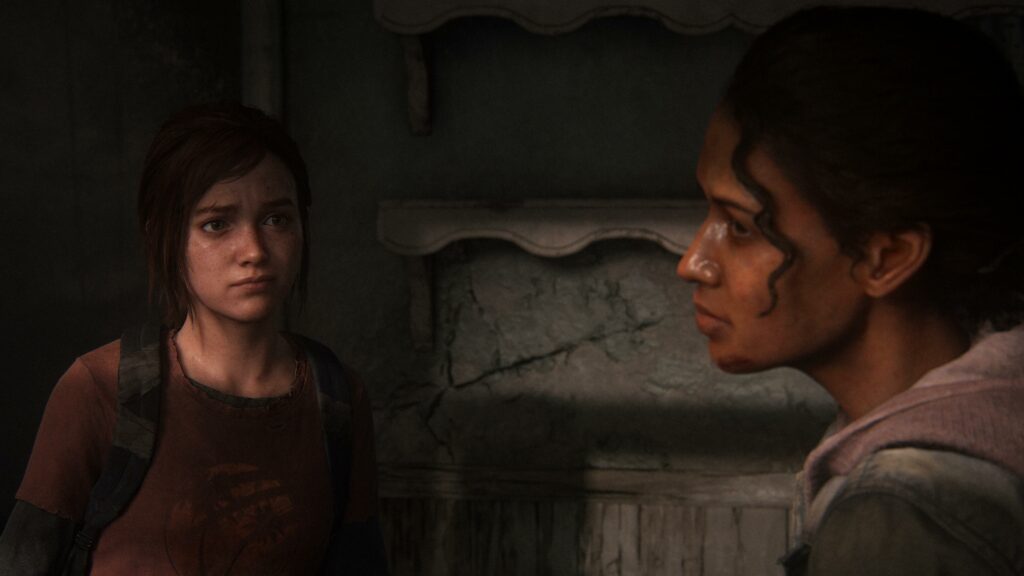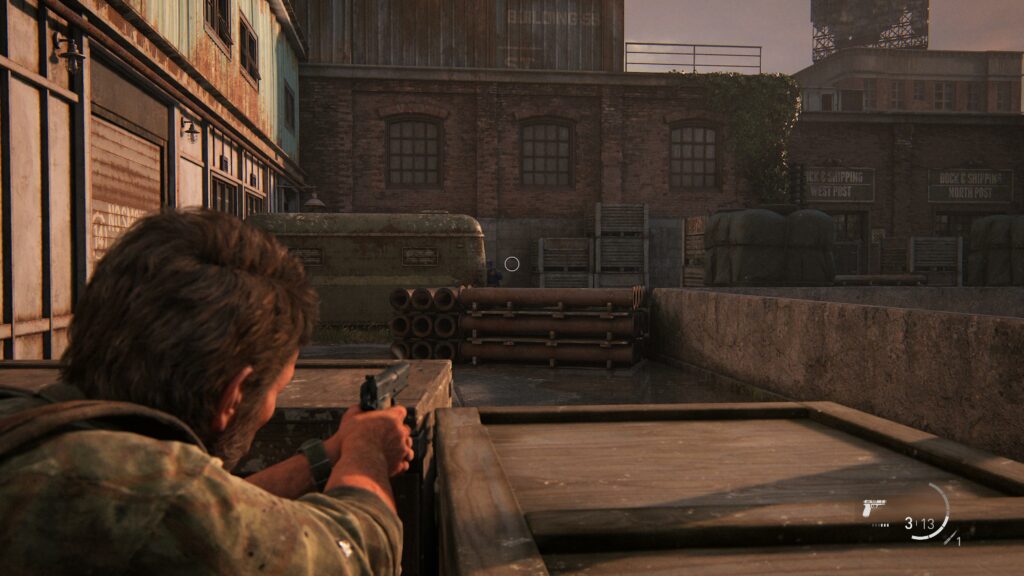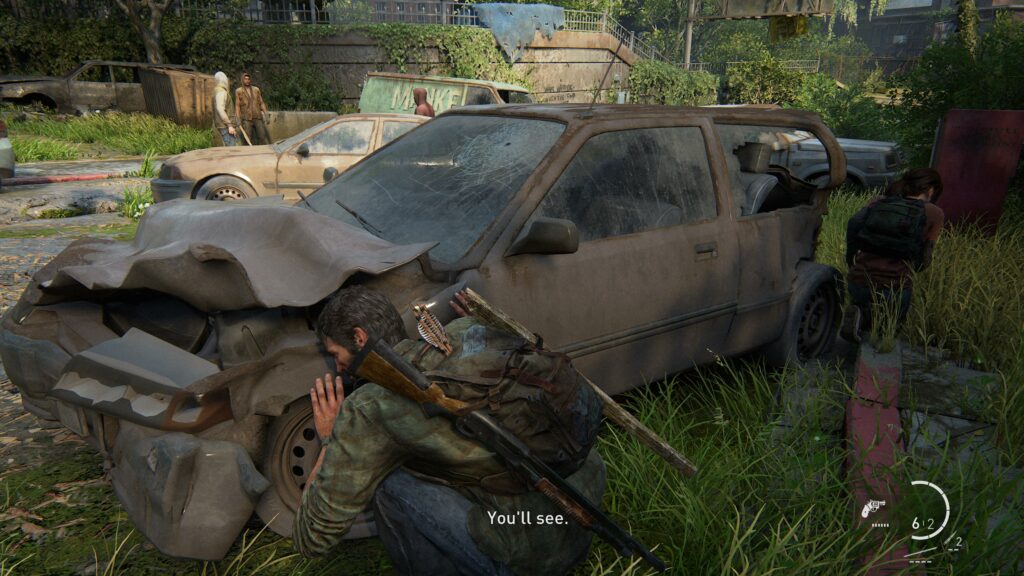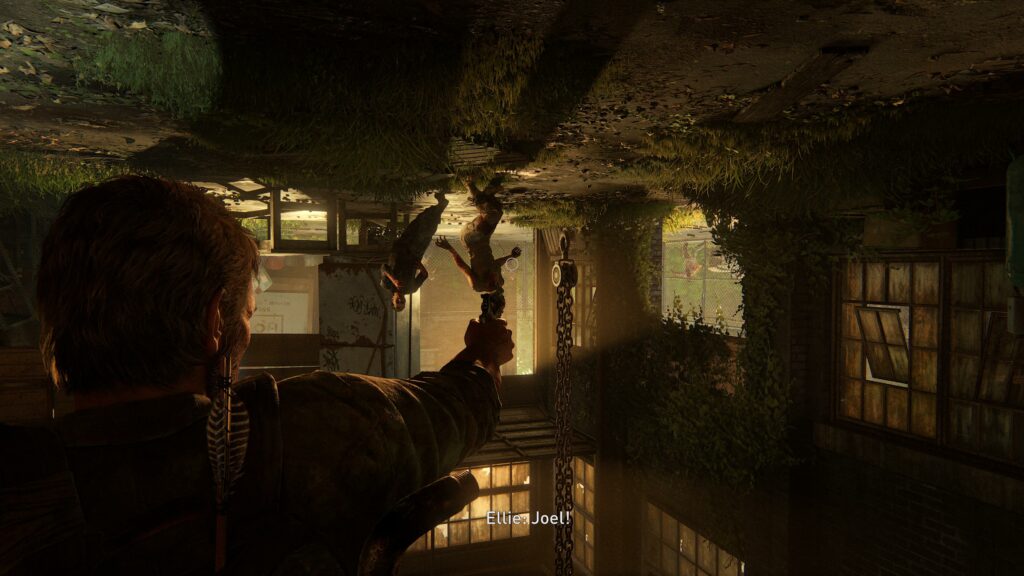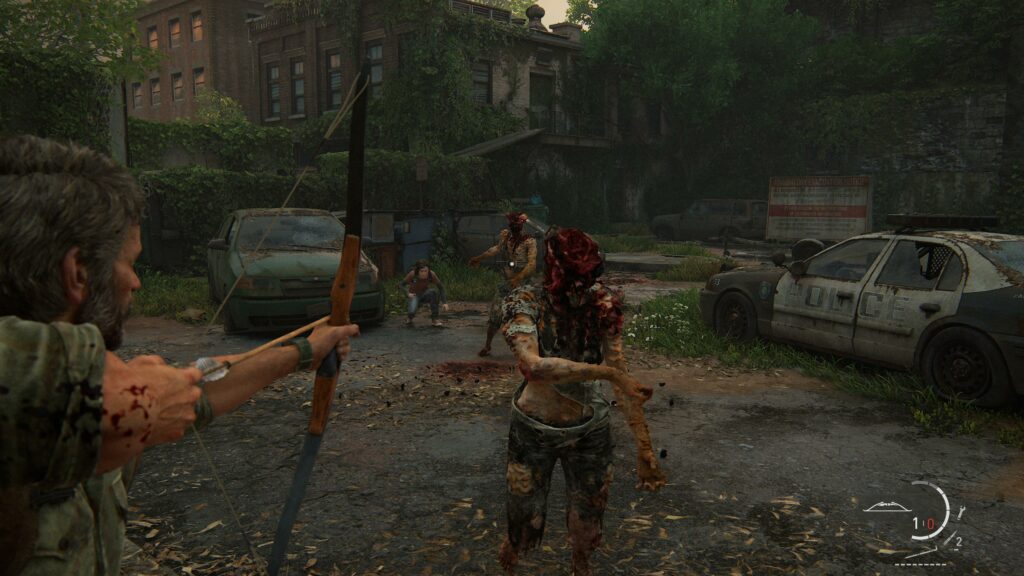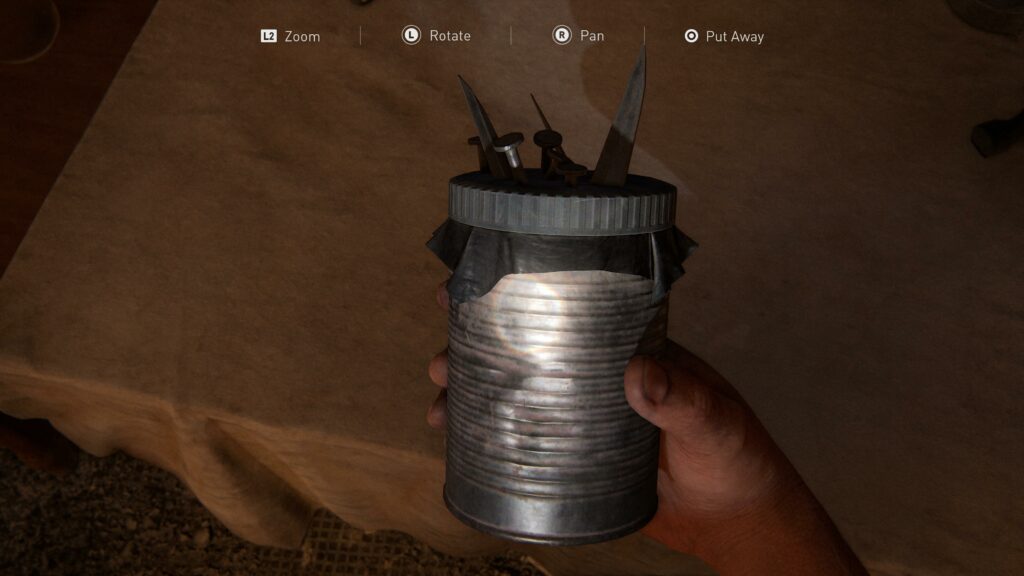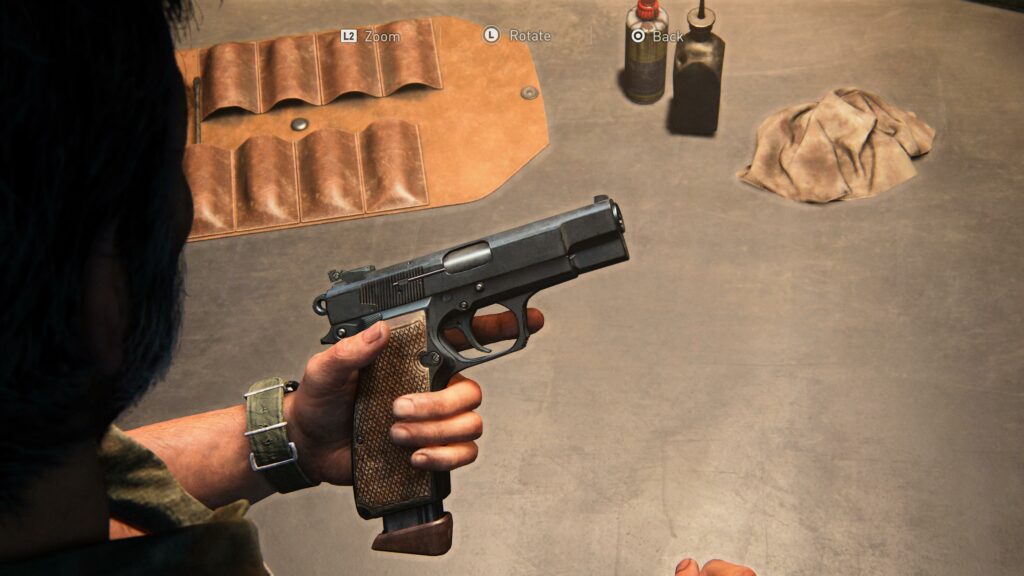You'll love it if:
- You're looking for a AAA cinematic experience
- You want to experience one of the best stories in gaming
- You have played this before, but are looking to experience it again on your brand new PS5
Not for you if:
- You have played The Last of Us before, and are not looking to pay full price for a visual overhaul
It somehow doesn’t feel that long ago that I played another Naughty Dog classic for the first time, in the form of Uncharted: Legacy of Thieves Collection. Yet, here we are again with a remake of Naughty Dog’s most renowned title: The Last of Us. And just like Uncharted 4, I’m experiencing this for the first time too. And let me tell you: it’s been a wild ride because this game is an absolute roller coaster of emotions. No matter the expectations placed upon this remake, we are still to see the day that Naughty Dog fails to deliver.
Don’t let me spark up the good ol’ remake vs. remaster debate, this is not the purpose of this article. The Last of Us Part I is a remake of the 2013 classic, exactly what the developer says it is. And it will be judged as such. Now, keep in mind that this game has a very specific purpose and target audience. Contrary to loud minorities on the interwebz, this is not a cash-grab attempt by Sony, but rather an effort to bring the first part of this gripping story up to speed with Part II. Treat this as a ‘definitive version’, just like you would pick up the Blu-ray version of your favourite film instead of the DVD one when you went to the movie store as a kid. Same energy.
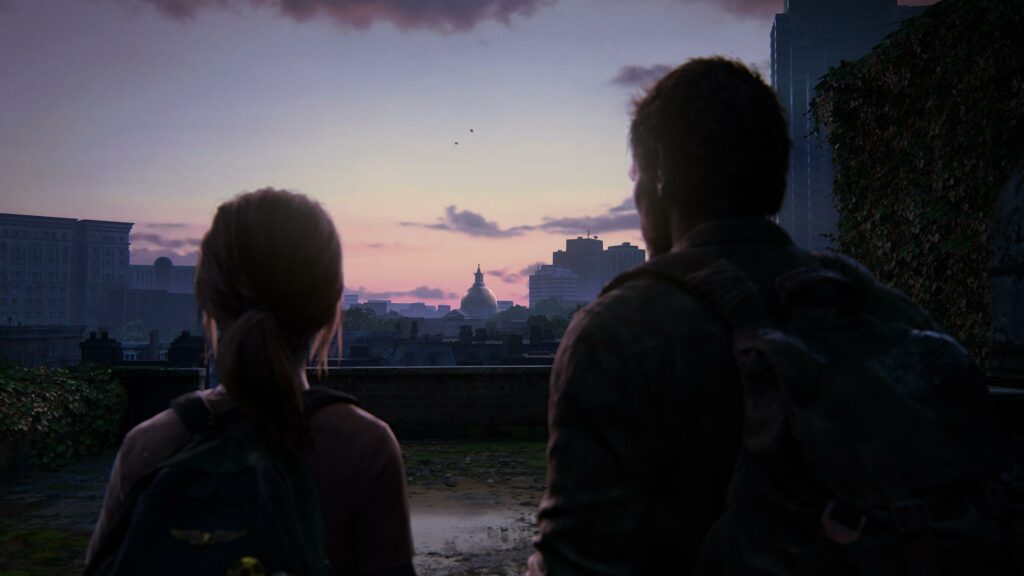
TL;DR
The Last of Us Part I is the definition of “not what you expect it to be”, yet it still manages to surpass expectations. It’s an undeniable technological marvel with visuals that can put even live-action shows to shame and industry-defining storytelling.
All images in this article are screenshots taken in-game from the PlayStation 5 version of The Last of Us Part I.
The Last of Us Part I: Visuals
Playing through this game is bittersweet in a sense, because as much as you want to stop and stare at the incredibly crafted world, the chillingly realistic facial animations, and the jaw-dropping details, you just know that nothing will hit the same, nothing will look just as good after this game.
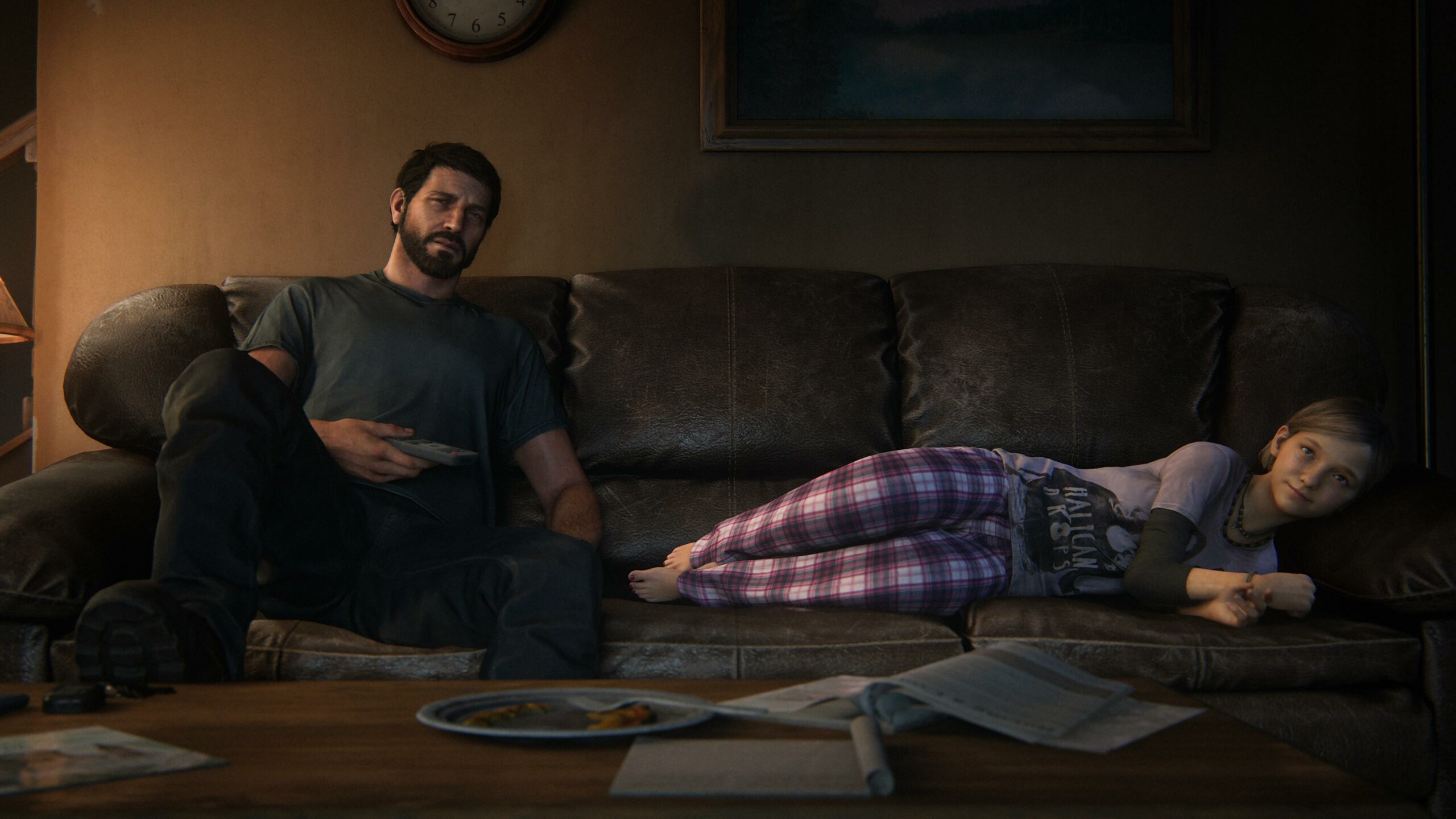
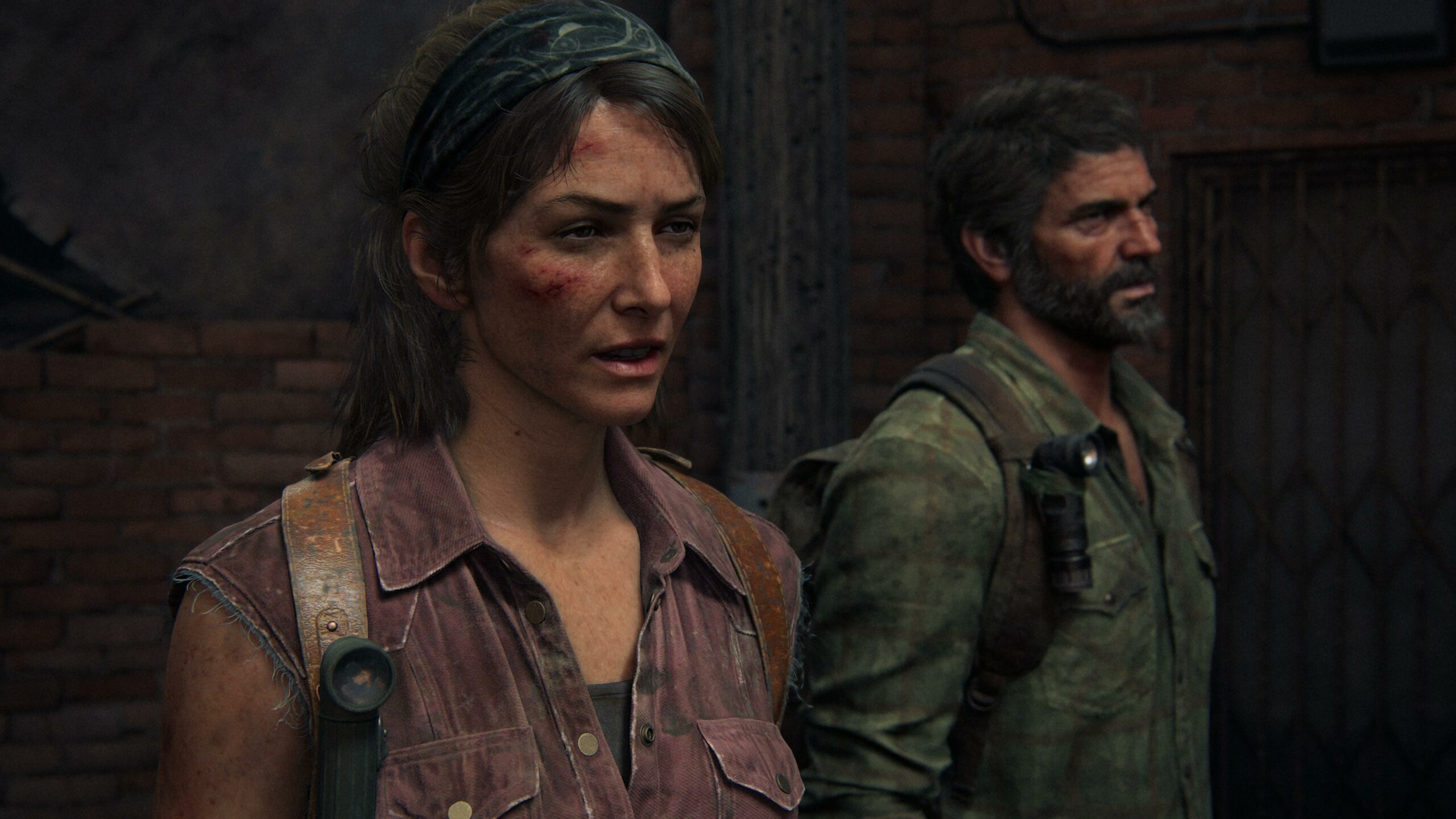
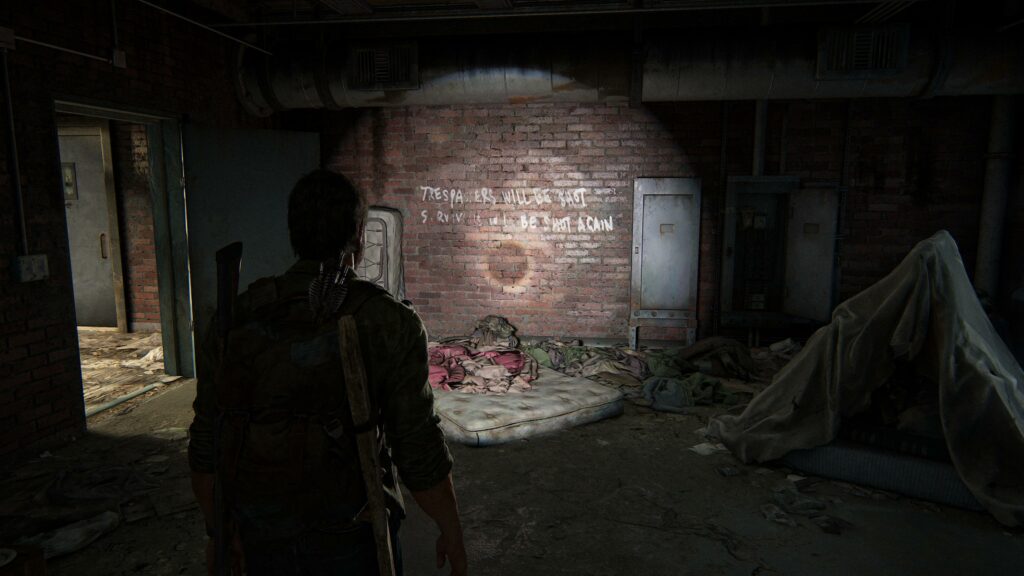
Chasing that post-apocalyptic beauty
The post-apocalyptic US, as portrayed in Naughty Dog’s interactive canvas, is nothing short of awe-inspiring. You only get small doses of the over-arching world in each level, and while playing, I never could shake the feeling that what I was seeing was part of something much greater. The attention to detail is truly staggering, and that is what makes levels feel interconnected, even if in the story they are miles/hours/days apart.
In the first act of the game, you spent most of your time inside buildings or on the run. You only get tiny glimpses of the ‘Outside’, as they call it, but those glimpses perfectly set the tone for what’s to come, only to prove as stepping stones for the game’s Skyrim moment. After that point, I noticed that spaces felt a little weird. Whenever I found myself indoors, it was almost as if I felt trapped, and while outside always presented some extra danger due to the amount of roaming zombies, it somehow felt safer than confined spaces. It’s that aloof beauty that the world presents, that makes room for some solace to be found, in the ‘Outside’.
The art direction is magnificent. The Last of Us Part I feels like The Walking Dead if instead of cameras, the production used their imagination and a blank canvas. Every charming little detail is utilized to its fullest to create art that feels like it’s alive. From the seemingly nonchalant “endure and survive” motto that is subtly repeated throughout the story, to the group of the Fireflies and what that represents for humanity’s survival and will to fight. There is some striking imagery in this game, and it is definitely one of its strongest aspects.
Making The Walking Dead feel dated
The Last of Us Part I is on a level of its own in terms of animation. I know, I know, that’s what I said about the last Naughty Dog game I played too. But it’s a pattern. Just like in every other aspect, the devs take an already successful formula and continue building on top of it for every release. The results speak for themselves.
There are some incredible performances on display across the board. Both Joel and Ellie have incredible emotional depth in their expressions, but the episodic characters that display the same energy are what really make this game stand out. The story gets very emotional at times, but without the god-tier animation, the impact just wouldn’t be the same.
Lighting is impeccable in almost every scene, and there are some cool gameplay mechanics that take advantage of it. A heavy grain filter is placed on top of the visuals, ensuring that the gritty character of the story leaks through to the visual side as well. Couldn’t have it any other way, although I noticed that the grain was not only too heavy but also remained static on sky boxes. Transitions from cinematic to gameplay is PlayStation Studios’ bread and butter at this point, so it’s to no one’s surprise that The Last of Us Part I is built around the same “as little loading as possible” mantra.
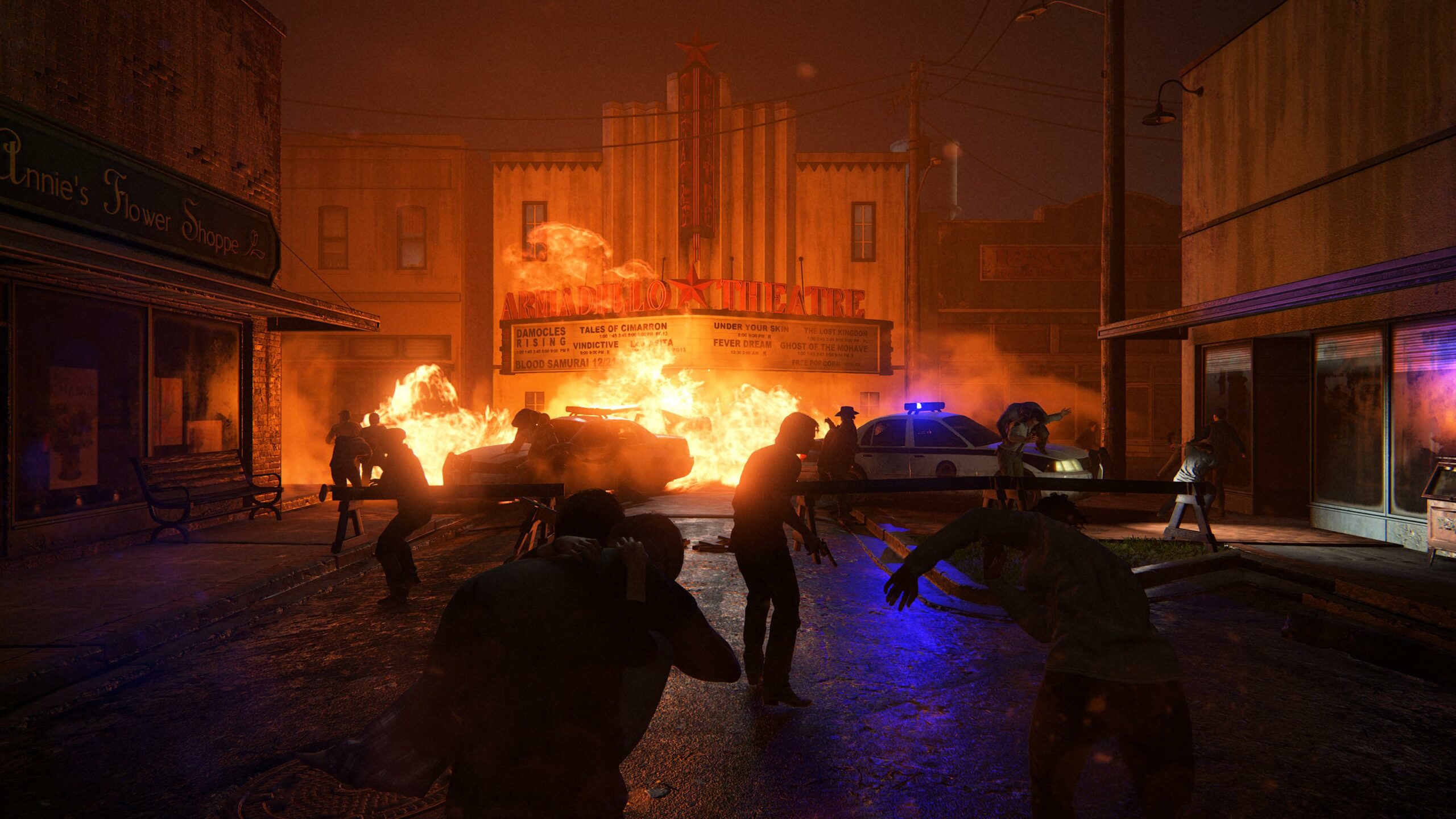


Performance or fidelity?
Ah, the great “next-gen” dilemma: all of the pixels or all of the frames? Although this is largely up to personal preference, I must say that Fidelity mode is the one I recommend for The Last of Us Part I. This is a predominantly cinematic experience, that favours the slower frame rate of the Fidelity mode. Extra frames are always welcome, sure, but it makes a game like this feel too… gamey.
The Last of Us Part I feels like The Walking Dead if instead of cameras, the production used their imagination and a blank canvas.
BGeek
Performance was stellar across the board, with no hiccups whatsoever, and no Day One patch seems to have been issued yet. Loading screens are kept to a minimum, menus are snappy, and no severe bugs were encountered during our review period. This is as polished as it gets.
The Last of Us Part I: Story
No matter how many remasters or remakes Sony commissions for this game, the story will always be its strongest aspect. Anyone who’s played this game in its previous versions can vouch for this. In fact, if you’re reading this review, I’m sure you’ve either played through The Last of Us multiple times already, or you’ve been pestered by your friends to play it. And I get it. I totally get it. Naughty Dog are masters of their craft, and whether you like the direction they took in Part II or not, you’ve got to hand it to them: no one tells stories quite like they do. The story is pretty much known to everyone, so I won’t spend any time trying to summarize what goes down. Let’s get right into what makes it so great:
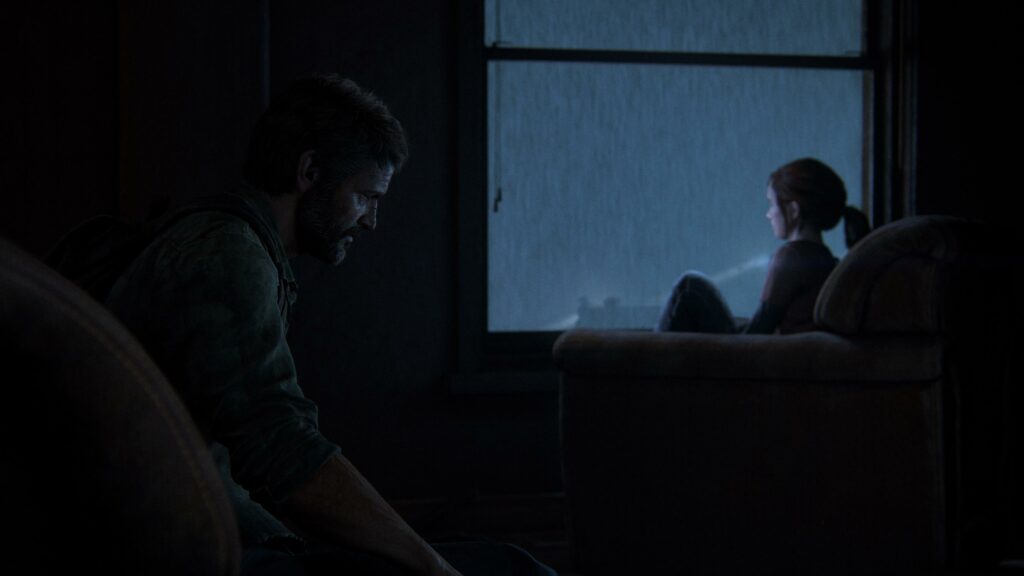
Make no mistake, this is a drama through and through
Heading into this game, it’s easy to expect an adventure. That’s what the art and the accompanying marketing material promote. But that’s not exactly what you get here. Well, it kind of is and isn’t at the same time: this is another Naughty Dog special, two stories at the same time. Sure, you may have a zombie outbreak and the world going into a never-before-seen state after world-changing events, but once again: this is not the main point of the story.
You see, history-altering events like a zombie outbreak have a strong impact on the world overall, but what they affect the most is the human psyche, by messing with our daily life. We’ve had our own life-changing event a couple of years ago, in the form of a pandemic, so we’ve experienced this first hand. The story The Last of Us Part I tries to tell is one of people whose lives were impacted by an event like that. How they deal with difficult situations, their relationships with one another, and their trust in human nature.
All of this is presented uniquely throughout this game, through characters that you are not meant to like, but sympathize with and understand where they’re coming from. This is some very mature writing from the team at Naughty Dog and is a prime example of what the gaming industry’s top dogs (heh) are capable of. After so many years of hearing great things about this game, I finally get it.
Storytelling that defined a generation, remade for the next
In every drama, the characters are its make-or-break factor. Whether you like the main characters or not impacts your attachment to the story that is presented. In The Last of Us, you’re not really meant to like or dislike anyone. Except for Ellie, she’s very hard not to like in this game. All the others, though, they’re morally ambiguous figures for whom the circumstances barely justify their otherwise deemed inhumane actions and decisions.
This is not your run-of-the-mill story: the protagonist of the story isn’t even the character you’re playing as. As very correctly shown in Part II, the protagonist of The Last of Us series is Ellie and not Joel. And in this game, even though the player controls Joel, they will find themselves in the shoes of Ellie more often than not, trying to understand what is actually going on and trying their best to ultimately help deal with all sorts of bizarre situations Joel gets them in.
Joel is not the main character in this story, and he’s definitely not a good guy either. You will not agree with all of his decisions, and you really don’t have to. Once again, his moral compass is made to serve his interests, and if anything affects it, it’s Ellie’s striking resemblance to his daughter. But once again, you’re not meant to like Joel, yet you somehow can’t resist it. That is some truly remarkable writing when you sit back and take a moment to think about it.
The same goes for other characters, such as Tess, Bill, and Henry, who, although they don’t have a lot of screen time, affect the course of the story greatly. Of course, because of the limited time you spend with them, you’re not as attached. The pace seems almost episodic, and it fits like a glove.
The dialogues make this feel as little “gamey” as possible
It’s apparent that the writing team has made a genuine effort to make this game hit as close to home as possible. And the dialogue is where this is the most apparent. The voice actors are absolutely on top of their game, and you can see they have built up quite a lot of chemistry, as this is not the first time they’re working on this script. The writers, however, made sure to equip Ellie with all the witty teen angst quips, and Joel with all the “can’t be bothered, but fine” lines. These two especially feel like real people. They behave like real people. And you get attached to them as if they were real people.
The Last of Us Part I: Gameplay
Hate to be that guy, but for this review, I will be. The gameplay is the weakest link in this one. Not in the sense that it’s bad, but in the sense that all other aspects of this game are so innovative, it’s difficult to catch up, and the gameplay ends up being formulaic. In essence, what happens here is that the gameplay takes the backseat to this over-arching cinematic feeling that The Last of Us Part I tries so hard to convey. Some would say it’s a design choice in order to ‘remain faithful to the original’, and sure it is a conscious design choice, as the devs opted for that cinematic feeling instead of deeper gameplay mechanics. This is Naughty Dog admitting that you can’t have the best of both worlds, and you have to compromise.
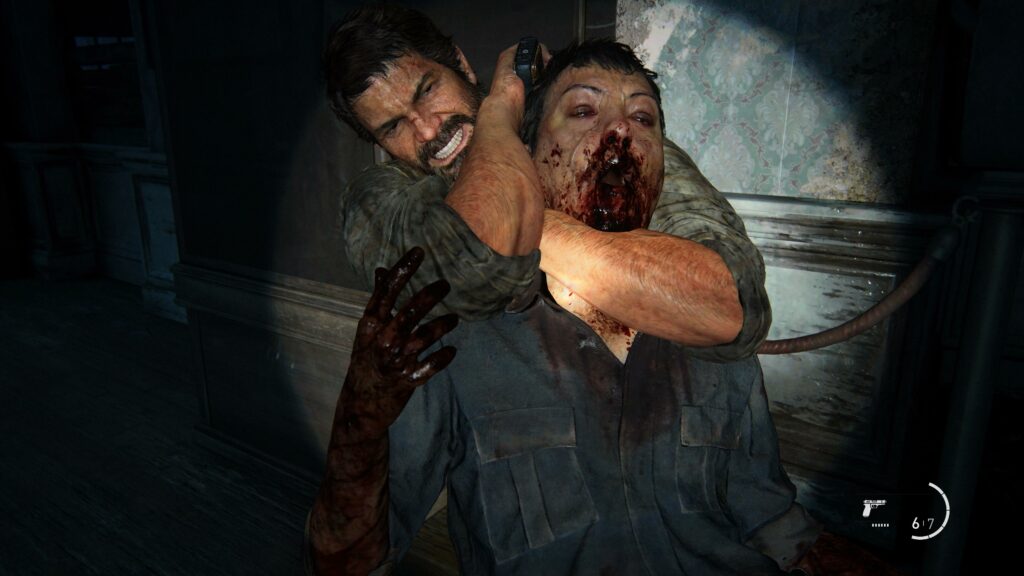
Playing it safe
The remake of a much-beloved, flagship IP isn’t really the ideal project to take risks on. Especially when you plan on selling it at full price. So Naughty Dog stuck to what they know and proved that they can make it work, all over again. Gameplay is kept simple, and that’s completely fine. We’re all here for the story. Maybe the gameplay is the friends we made along the way. The movement, the combat, the crafting aren’t all that complex, but this game looks and feels so damn good, that you will barely notice.
Movement isn’t snappy, and the controls feel a little heavy, in a gritty sense. I liked that. You’re controlling a 50-year-old man, after all. Yet the movement is extremely smooth, it looks natural. This game runs on self-contained levels that are loaded during cinematics. Exploration is encouraged, but it is also limited since the areas you can explore is always pre-determined, and what you’re meant to find is always placed conveniently. Except for collectibles, of course.
Although The Last of Us Part I can come across as adventure/survival at times, do not expect it to scratch your survival itch in the slightest. Resources are not plenty, but they also aren’t limited in a way that makes you play conservatively. Unless you turn up the difficulty to the highest settings. There are different resources that amount to crafting, weapon upgrades, and skill upgrades. I really liked how you have to collect supplements in order to level up Joel’s skills and there wasn’t a levelling system based on XP, like in literally every other game that’s come out in the past decade.

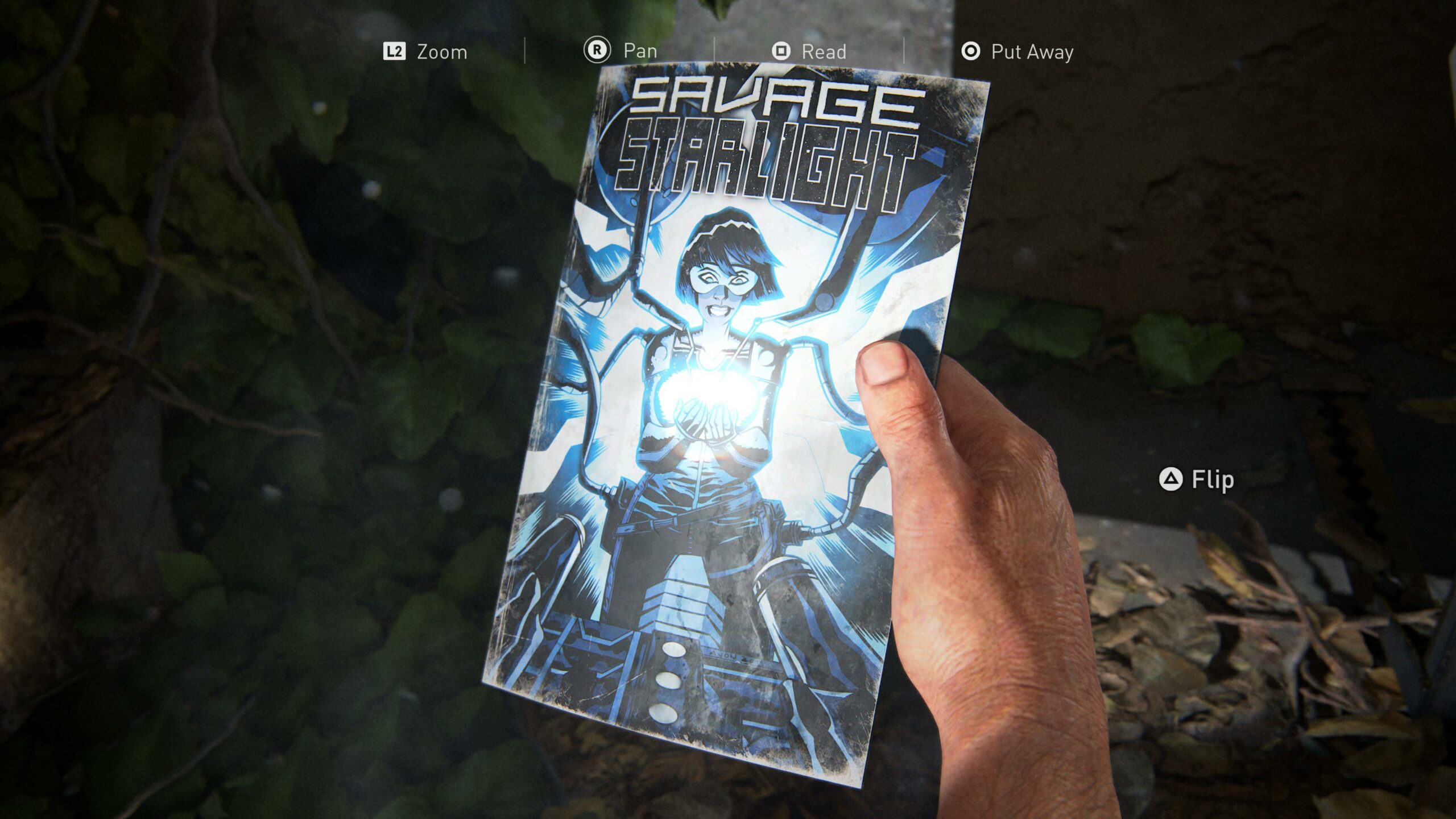
Stealth or heads-on combat?
There are multiple ways to approach every situation in The Last of Us Part I. You can either opt for the stealthy route, and take enemies out silently (or not take them out at all), or you can go in guns blazing and treat this game like a third-person shooter.
I found that going in silently worked best against human enemies and runners. They have multiple blind spots, are usually easy to get in behind for silent take-downs and when you start up a gunfight, they can take you out quickly since they are usually found in groups. Things get a little trickier against clickers since you can’t take them out silently if you don’t have a shiv on you. Plus, clickers can take you out with a single hit, so it’s always best to keep your distance.
Thankfully, you have a sizeable arsenal to play around with. You have multiple handguns and assault weapons, as well as throwables you can craft like smoke bombs and makeshift grenades. Each weapon serves a different purpose, and they all handle very differently. You will run out of ammo on your weapon of preference multiple times throughout your playthrough, so you will be essentially forced to use all weapons at your disposal. This makes for some nice variety and makes you really think before you engage in combat, as each gun warrants a different approach to battle.
Crafting and upgrades
As you explore each level, you will find resources that you can use to tinker around with your weapons and improve them. You won’t get too many chances to upgrade them throughout your playthrough, as you will need a crafting bench and these are quite rare. Upgrades will need resources and a specific “tool level” in order to be applied. Resources are self-explanatory. You can increase your tool level by finding hidden toolkits that are scattered throughout the levels. Only if you can find them all, you get to unlock the highest-end upgrades. Upgrades are always visible and there are some really cool unique animations in place for every upgrade. Neat.
Alongside other resources, you will often find supplements, which work as skill points. You gather enough supplements, and then you can spend them on upgrading a specific aspect of Joel’s skill-set. These upgrades are not overpowered, but they will prove very helpful as you progress through the story, especially the listening skill radius. These skill upgrades are costly, and the supplements are not as common as other resources, so that will either make you be extra careful when exploring, so you don’t miss any, or think twice before spending them on an ability.
The Last of Us Part I: Conclusion
The Last of Us Part I offers a one-of-a-kind experience. Phenomenal visuals, best-in-class storytelling, chilling audio design, and a gameplay loop that, albeit a bit simplistic, matches the gritty nature of the game. This is an absolute must-play, an emotional rollercoaster that everyone needs to experience at least once. And The Last of Us Part I is now the best way to do it.
The full price may seem a little steep for a game that has seen three different releases in the span of a decade. However, this remake brings the original story up to speed with the sequel and makes the transition from first to second part almost seamless. This is not a remake that’s supposed to reinvent the wheel, this is a game that optimizes, fine-tunes the experience, and brings it up to speed with current-gen standards. For anyone that’s looking to play The Last of Us for the first time, I can reassure you that this is fully worth the €80 price tag.
For anyone that’s played it before: it’s still worth the replay, either for nostalgia’s sake or to simply satisfy the “what’s new” curiosity. Although, I would wait for a sale. And don’t be surprised if this ends up on PlayStation Extra or Premium early next year.

We would like to thank PlayStation Greece for providing us with the review we used for this review.
